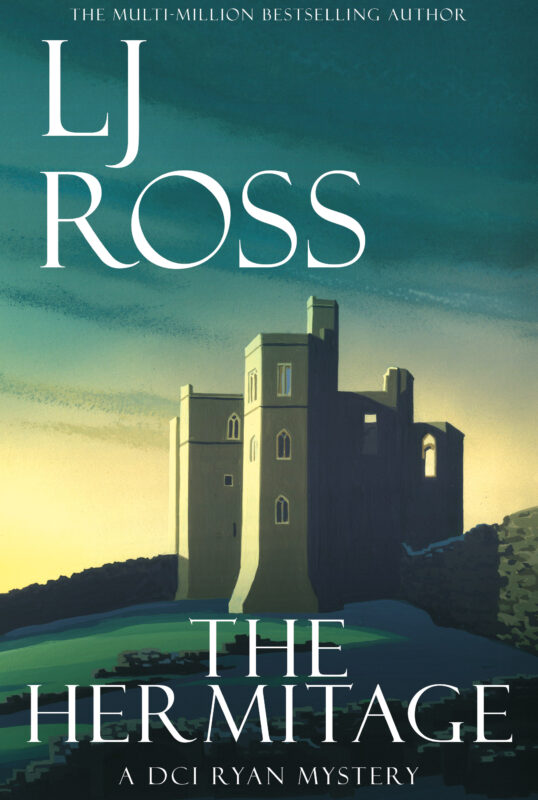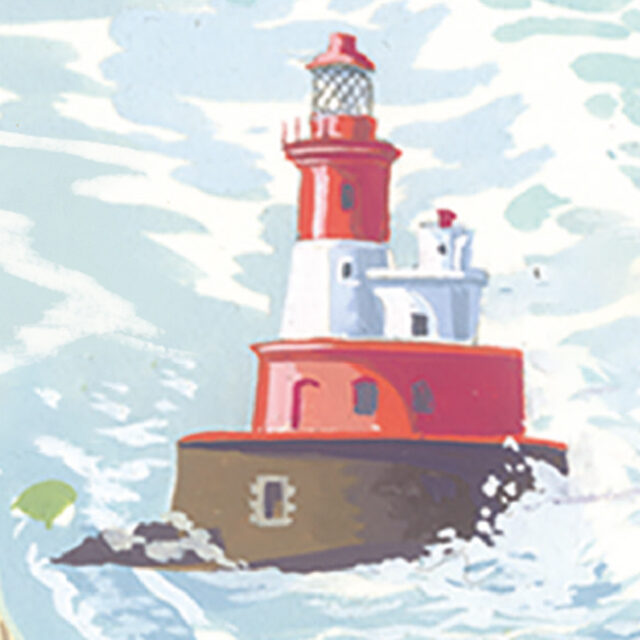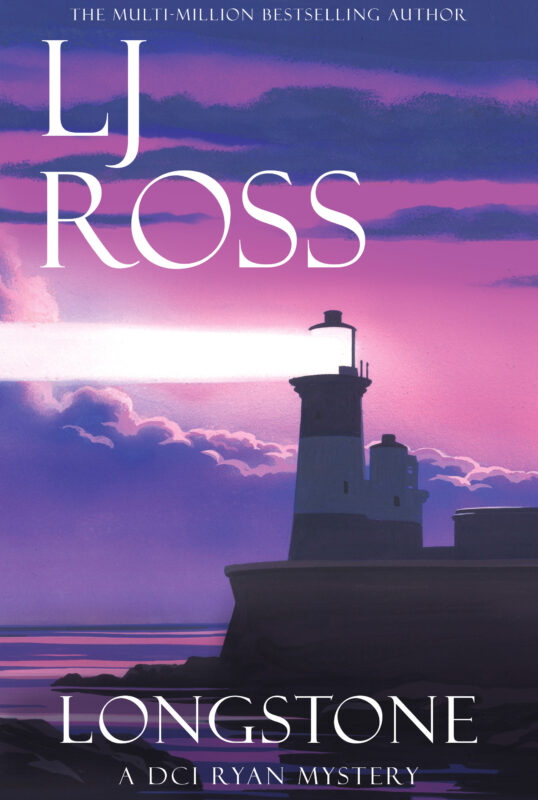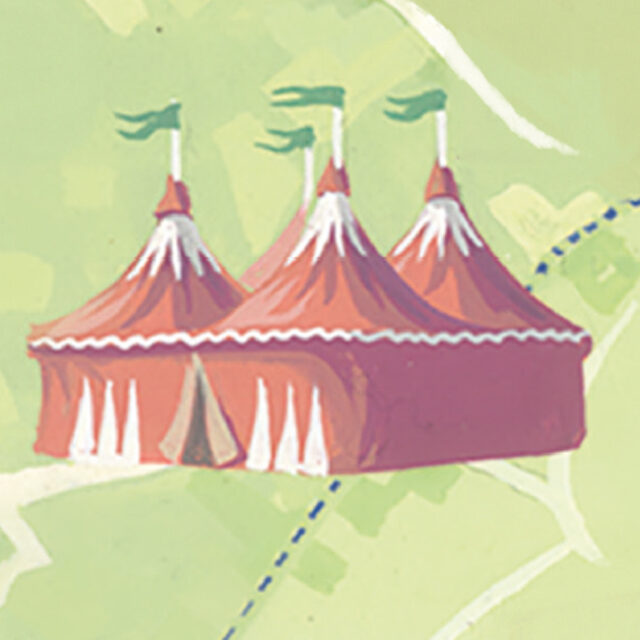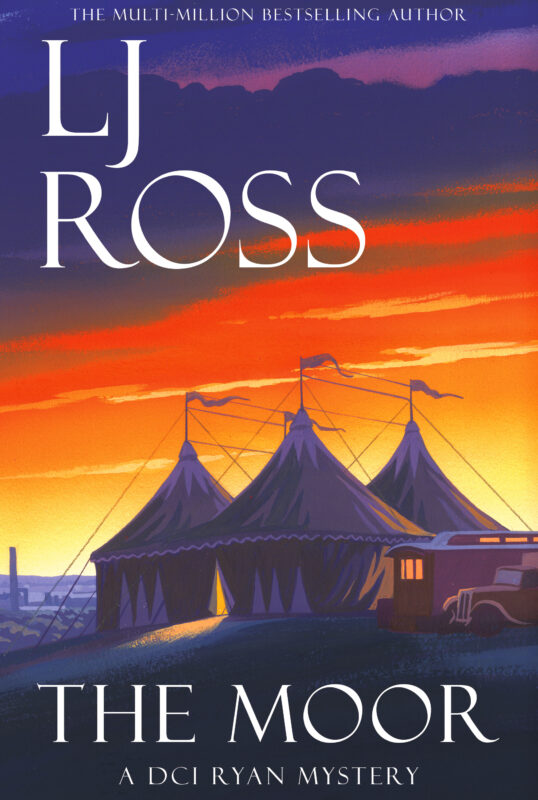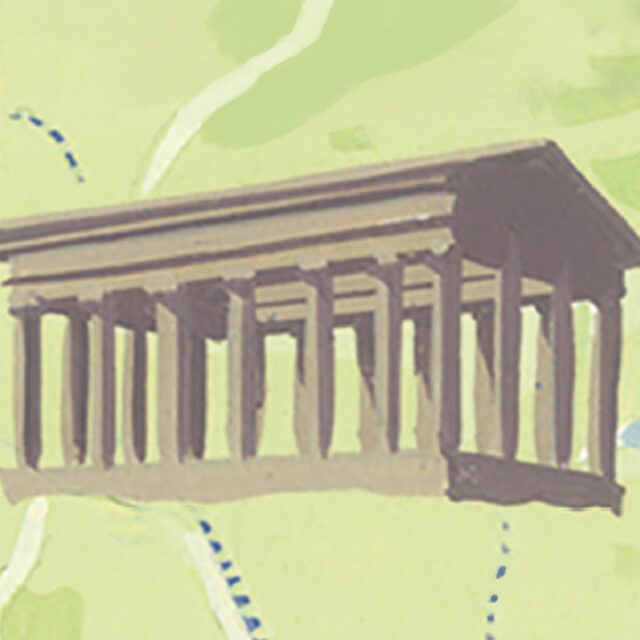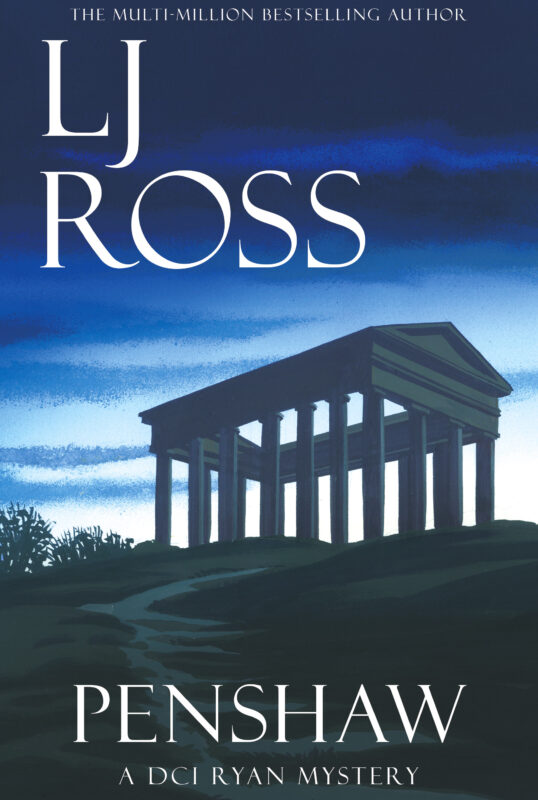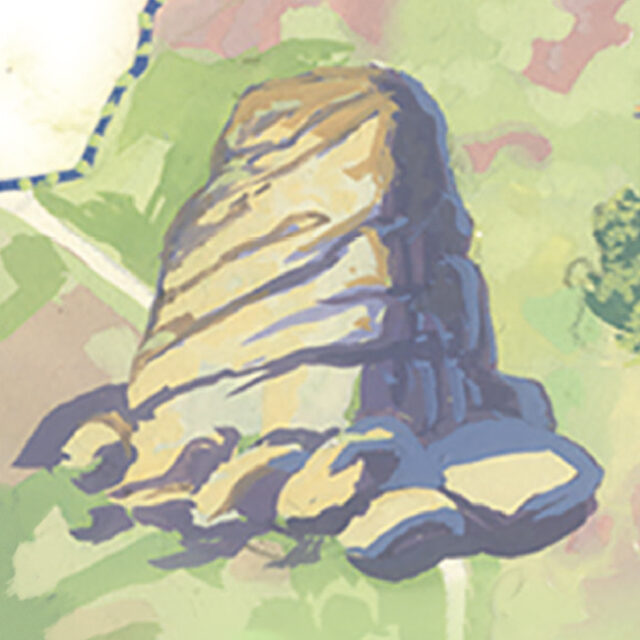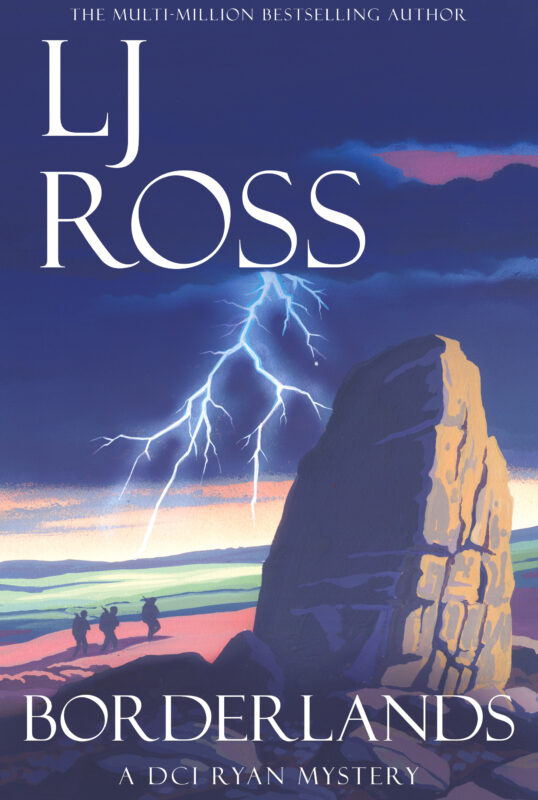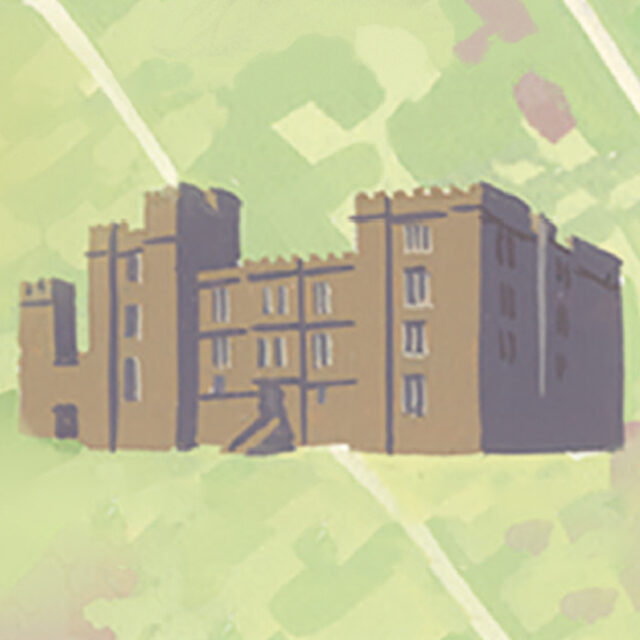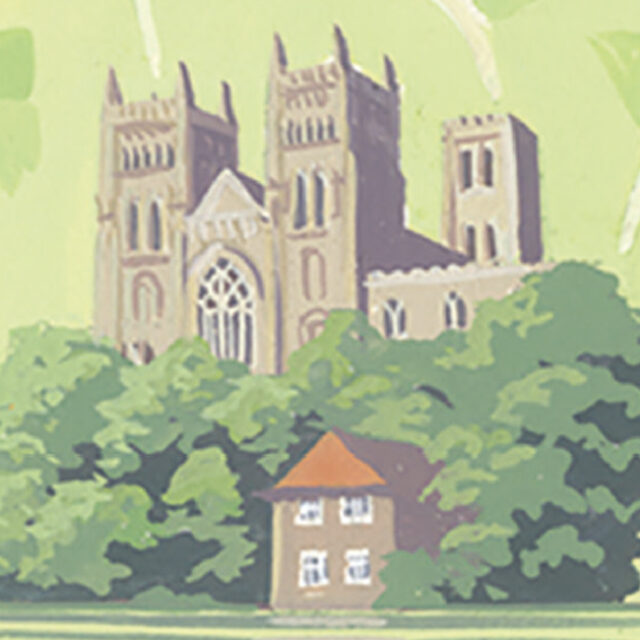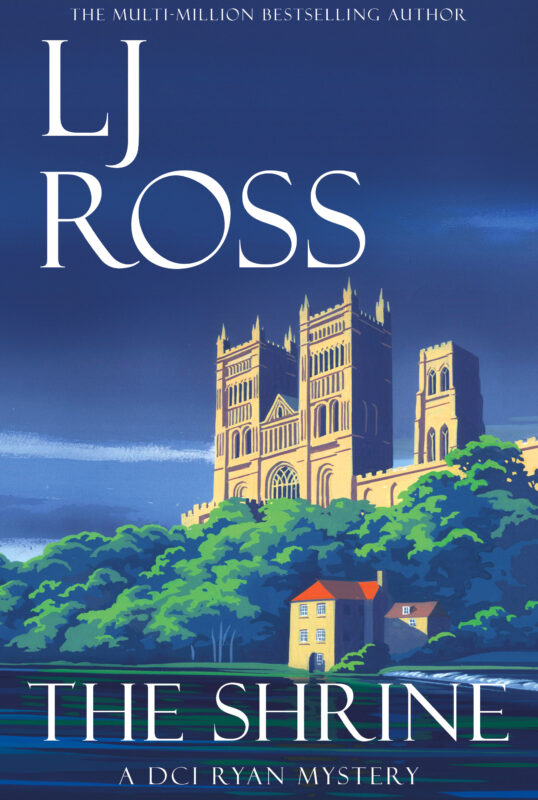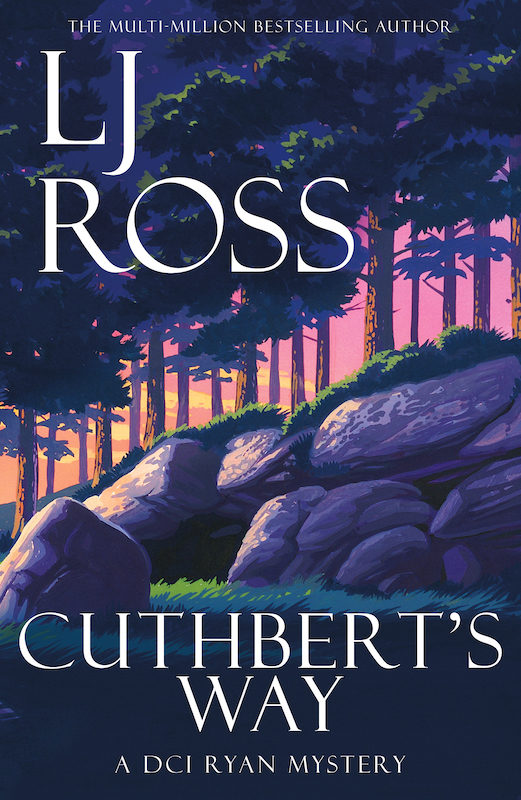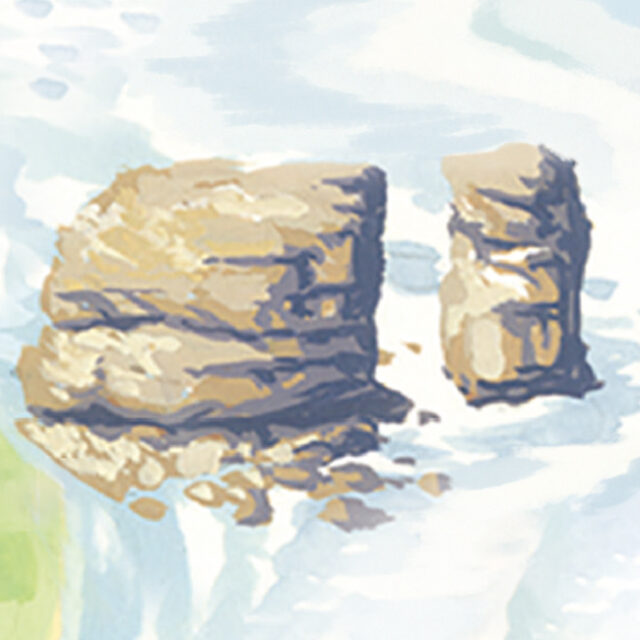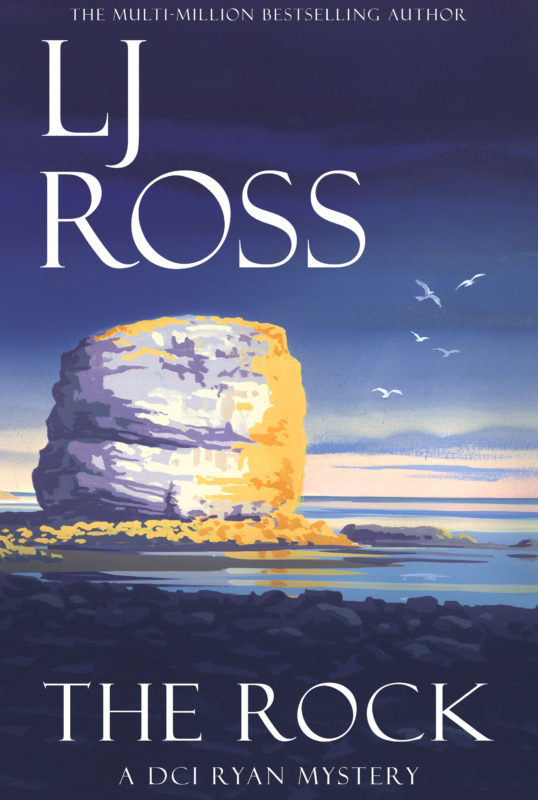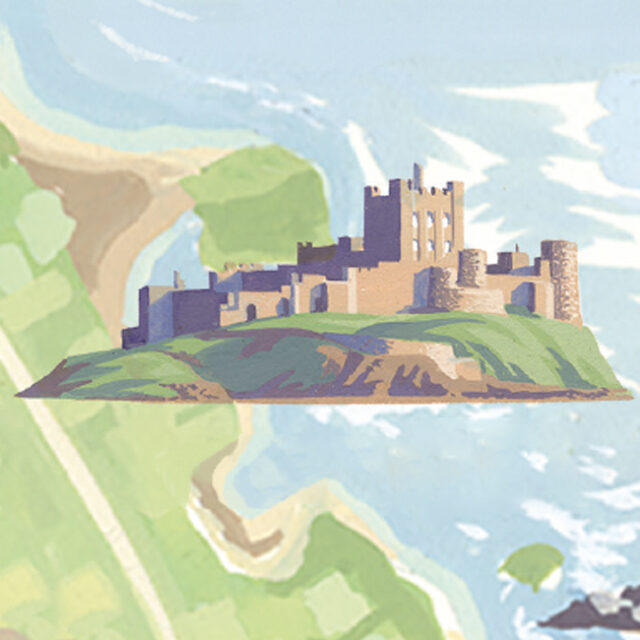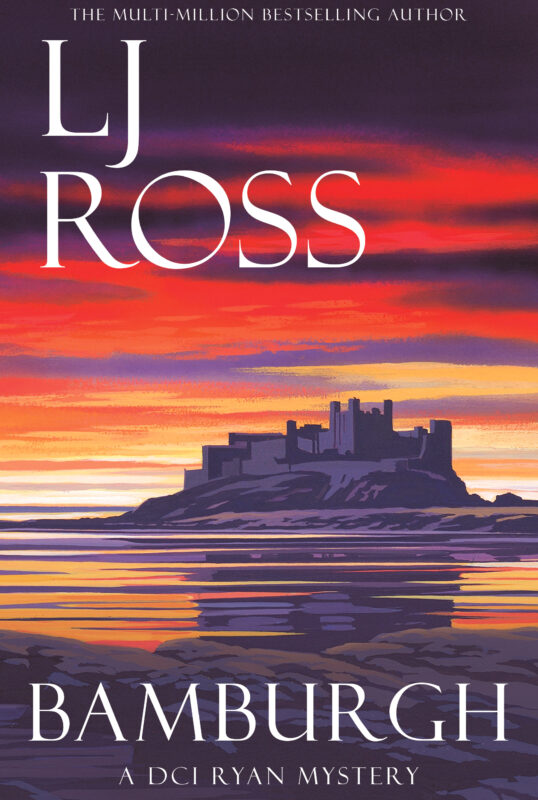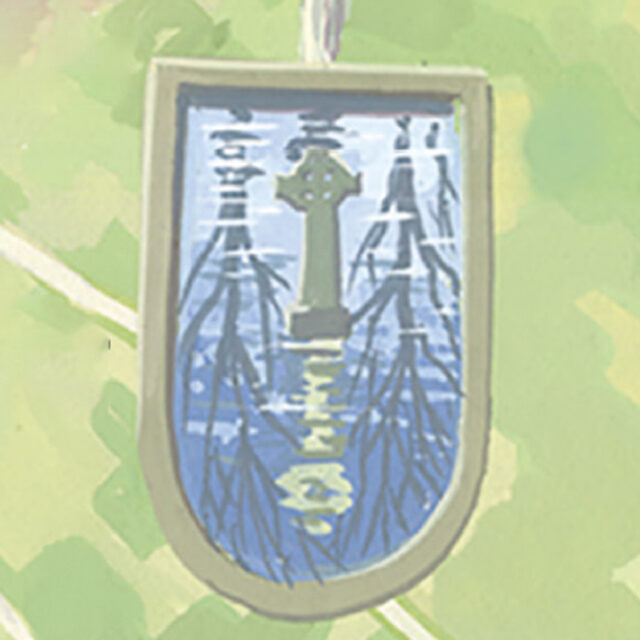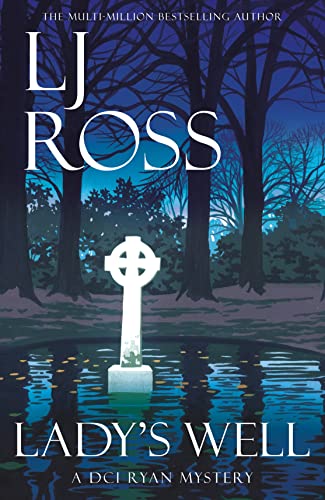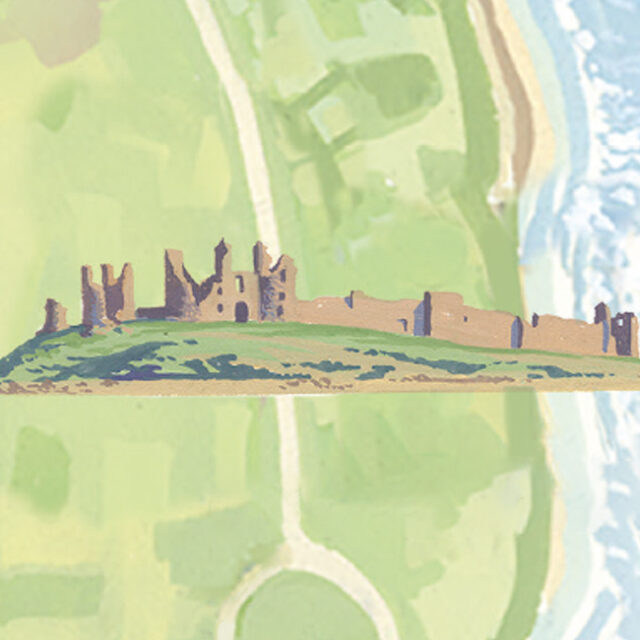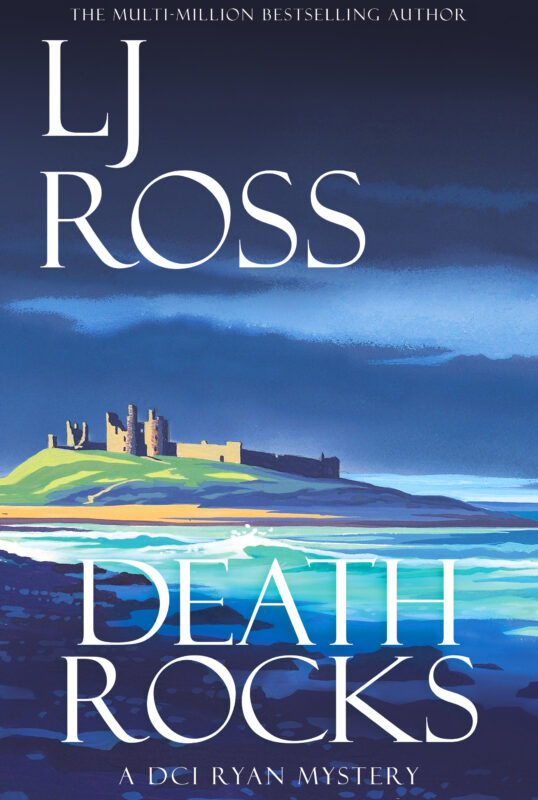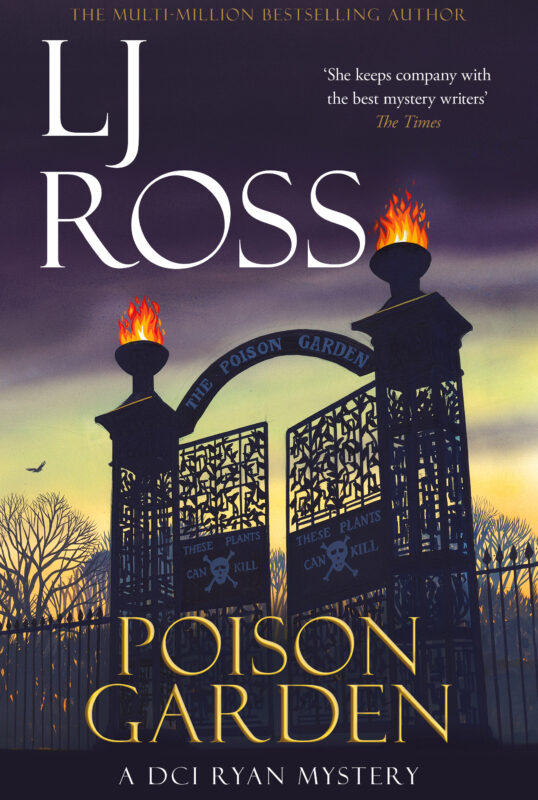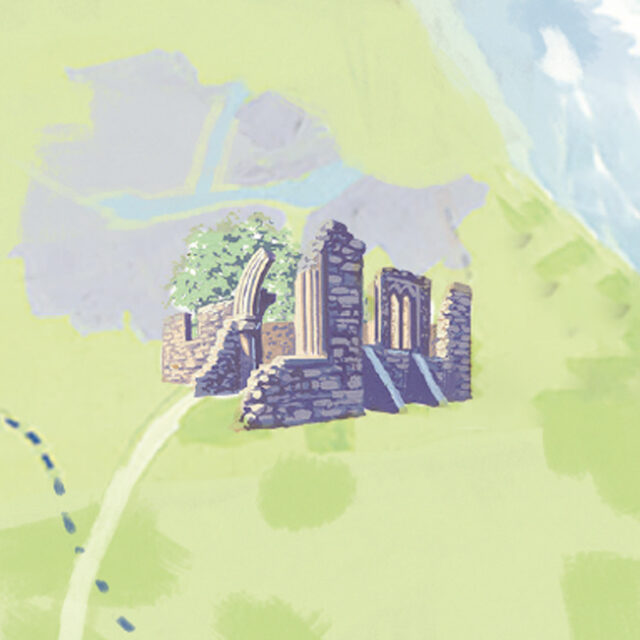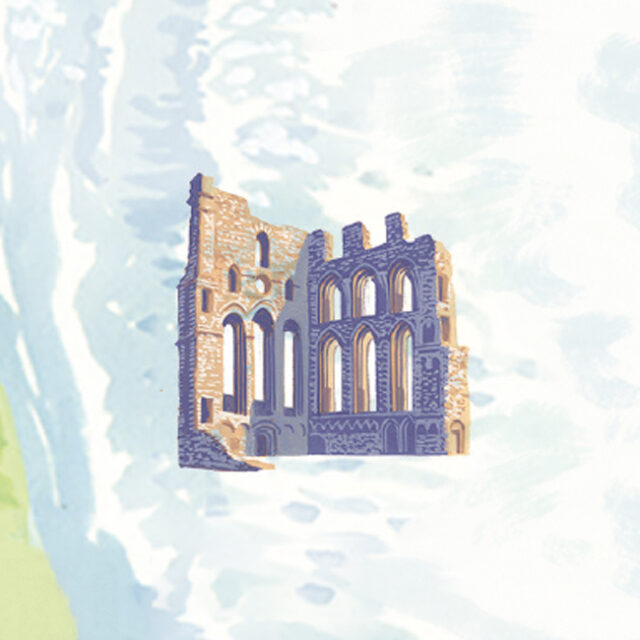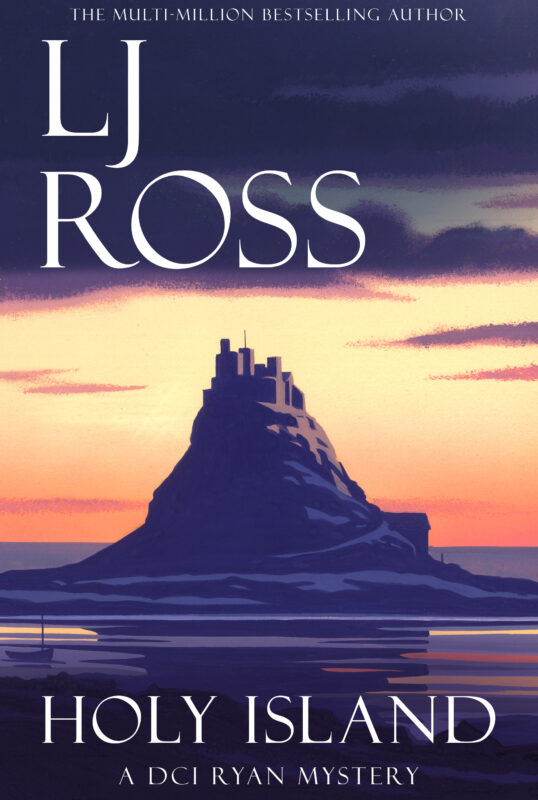

Explore the inspirational landscapes behind LJ’s books, along with some of her personal recommendations – click on the numbered places on the map to get started
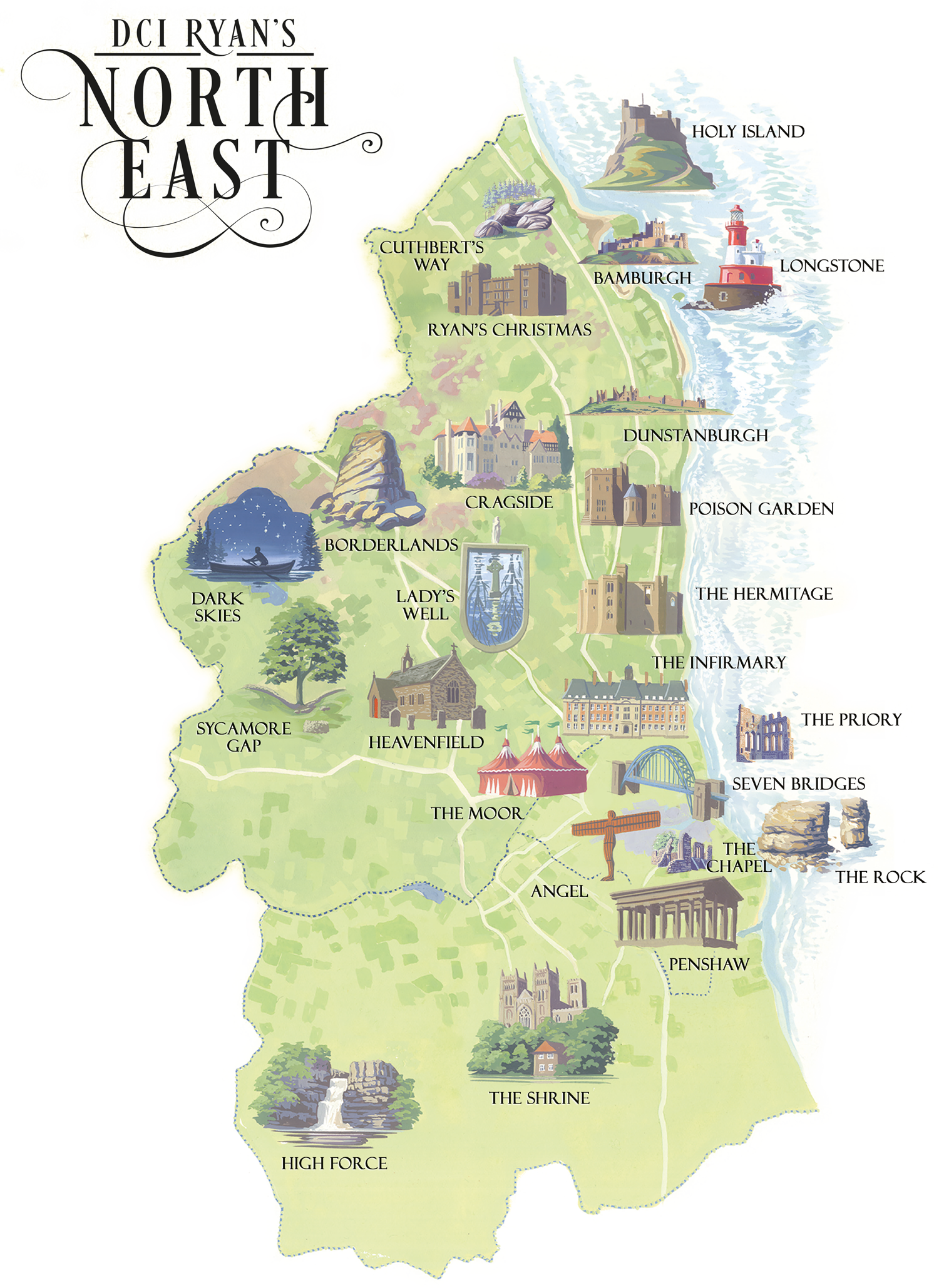

DCI Ryan retreats to Holy Island seeking sanctuary when he is forced to take sabbatical leave from his duties as a murder detective. A few days before Christmas, his peace is shattered and he is thrust back into the murky world of murder when a young woman is found dead amongst the ancient ruins of the nearby Priory…
LJ Recommends:
Lindisfarne is a tidal island, so remember to check safe crossing times across the causeway before travelling here. You can drive, or alternatively walk the ancient Pigrim’s Way to the island across the sand from the mainland, a three-mile route marked by poles in the sand and forming part of the St. Cuthbert’s Way and St. Oswald’s Way walking routes.
Enjoy the peaceful atmosphere surrounding this special island, and for the best viewing points, head to:


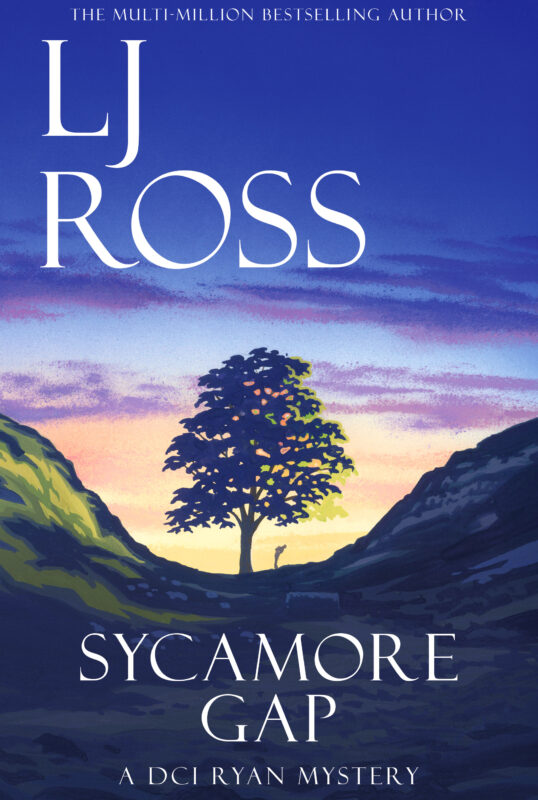
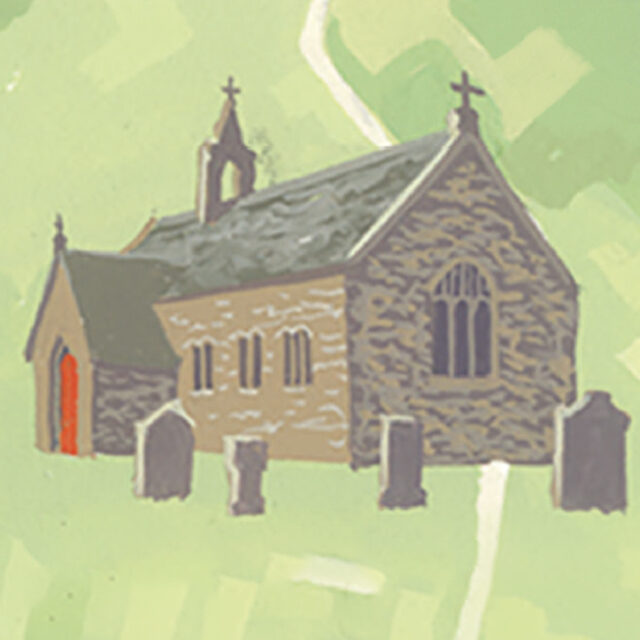
Bamburgh Castle materialised on the horizon, its pink-hued stone glowing in the hazy afternoon sun. Like the stuff of legend, of kings and folklore.
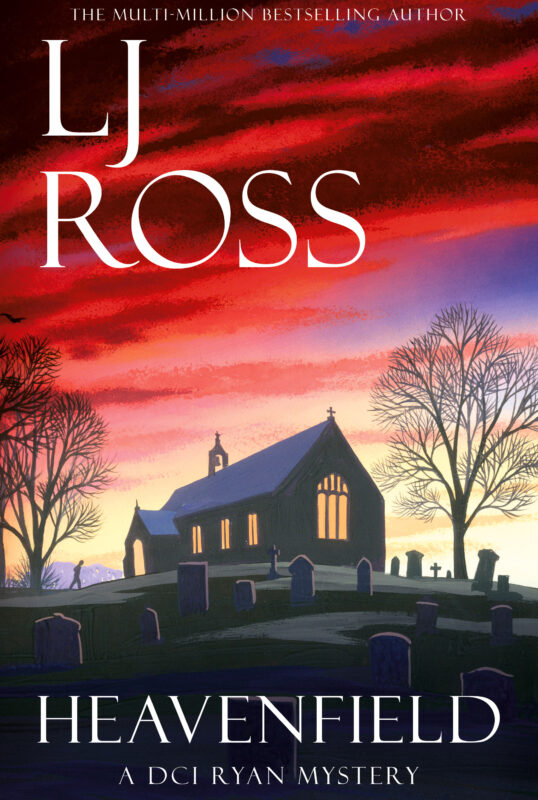
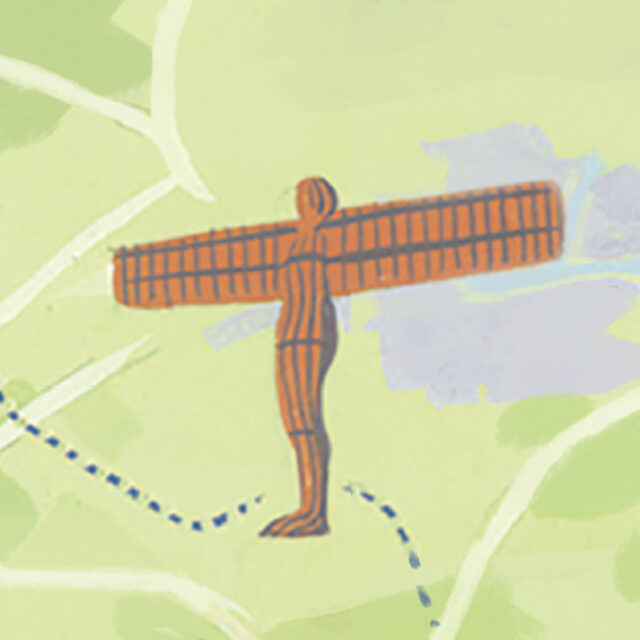
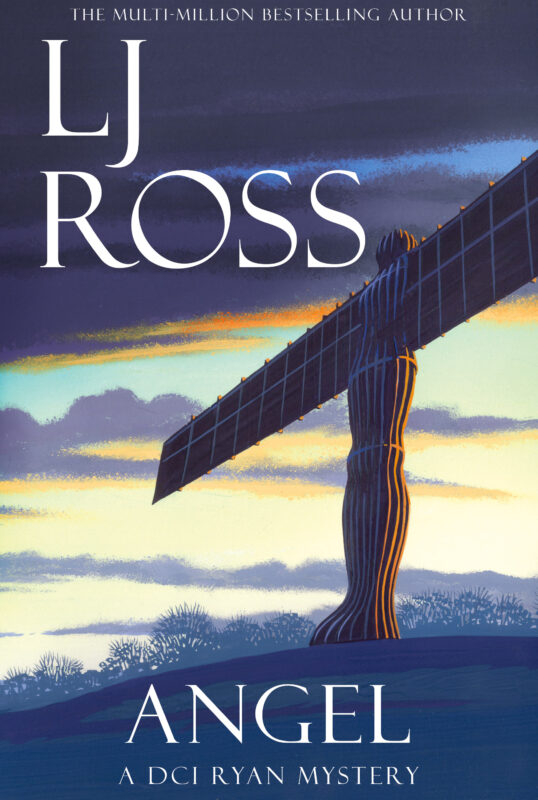
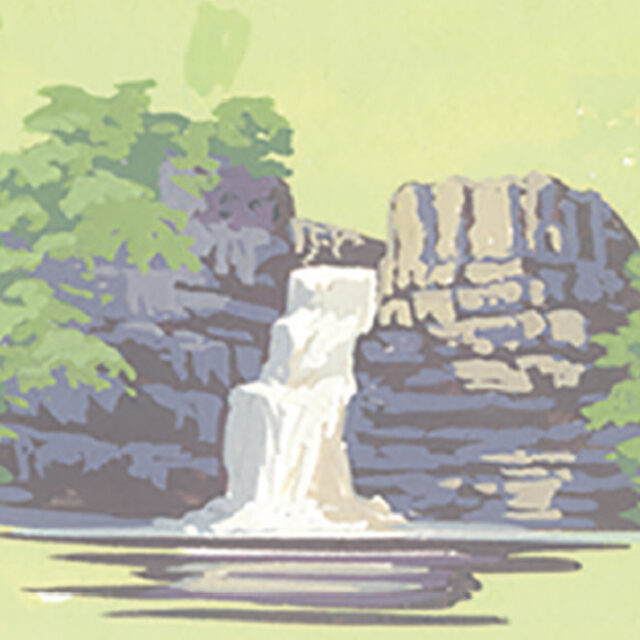
The River Tees has been plunging into this gorge for thousands of years but its rocks date back over 300 million years!
Other places to visit while you’re in the area:


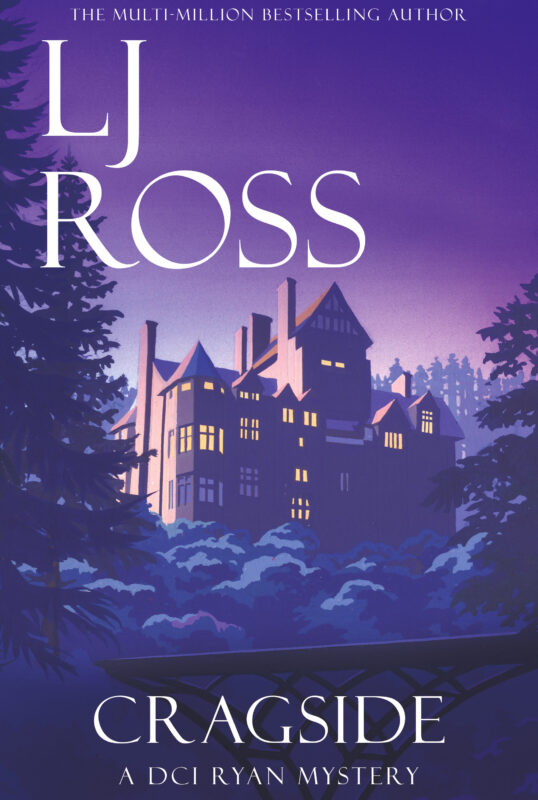

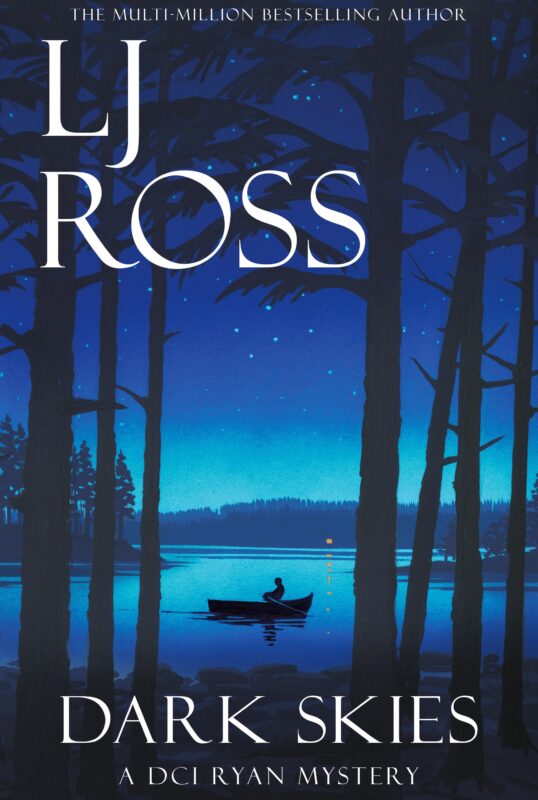
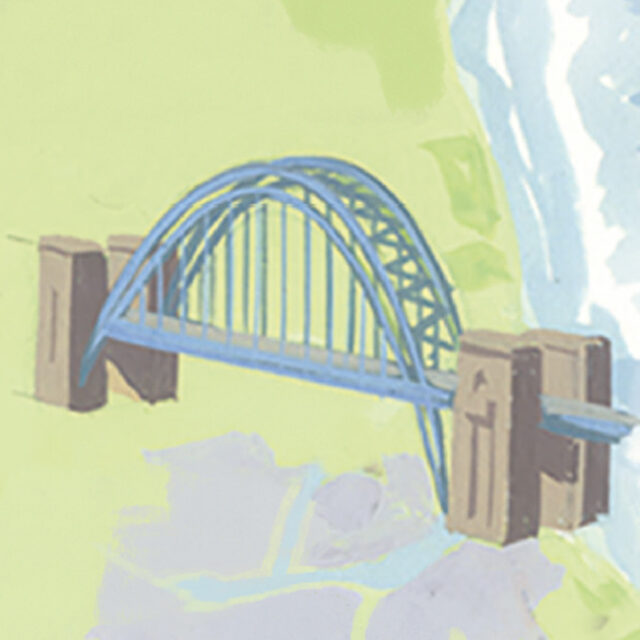
Other places to explore in Central Newcastle, and by the Quayside:
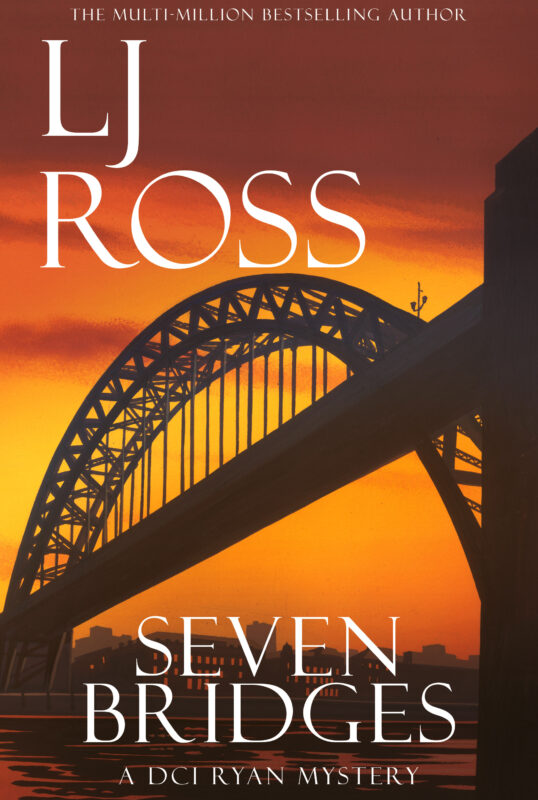
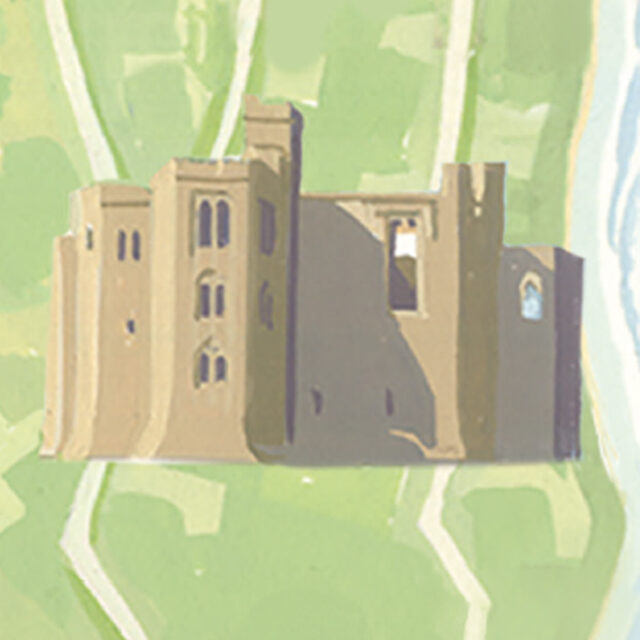
The inspiration for Ryan’s Italian getaway in The Hermitage was the Villa Cora Hotel in Florence! The hotel is located in a park that is centuries old, overlooking the Boboli Gardens in Florence. While you may not be able to do this part of the trip in an afternoon, if you ever do make it to Italy, here are some places mentioned in the books:
